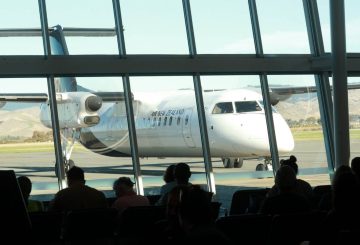Chính phủ đã công bố dự thảo chiến lược đầu tiên về sạc xe điện, trong đó có mục tiêu tiêu đề là xây dựng “trung tâm” sạc mỗi 150 đến 200km trên các tuyến đường cao tốc lớn.
Chiến lược mới được mở để tham khảo ý kiến công chúng cho đến ngày 11 tháng 5, với mục tiêu hợp tác với chính quyền địa phương và ngành giao thông vận tải để xây dựng cơ sở hạ tầng sạc trên toàn quốc.
Một mục tiêu khác của chiến lược cũng cung cấp trạm sạc công cộng trong các khu vực tàu điện ngầm và trung tâm cộng đồng cho các thị trấn có dân số hơn 2000. Tất cả với mục đích tăng cường sử dụng EV.
Bộ trưởng Giao thông Michael Wood cho biết: “Chiến lược đặt ra mục tiêu cung cấp các trung tâm sạc hành trình mỗi 150 — 200 km trên các đường cao tốc chính, một bộ sạc công cộng cho mỗi 20-40 chiếc xe điện ở các khu đô thị, và sạc công cộng tại các cơ sở cộng đồng cho tất cả các khu định cư có từ 2000 người trở lên”, Bộ trưởng Giao thông vận tải Michael Wood cho biết.
Ông nói: “Đáp ứng các mục tiêu sẽ có thêm hàng chục nghìn bộ sạc EV trên toàn quốc”.
Tài liệu tham khảo ý kiến, và bất kể chiến lược cuối cùng có hình thức nào là một bước tiếp theo trong việc tăng số lượng xe hơi của New Zealand, điều này cũng được khuyến khích bởi giảm giá xe sạch đã được thực hiện từ năm 2021.
“Sự thành công của các chính sách ô tô sạch của chúng tôi có nghĩa là có hơn 69.000 chiếc xe ô tô trên đường của chúng tôi, hơn 80% so với cuối năm 2021.
Mặc dù mục đích của chính sách này là cắt giảm khí thải, và giao thông đường bộ chiếm 15% lượng khí thải của New Zealand, Wood cũng đã đưa nó như một phần của chương trình tiết kiệm tiền chung hơn cho người tiêu dùng phải đối mặt với khủng hoảng chi phí sinh hoạt.
“Phát thải từ đội xe hạng nhẹ của chúng tôi là nguồn phát thải vận tải lớn nhất ở New Zealand, một phần là do có một số loại xe không hiệu quả và tốn nhiều khí thải nhất trong OECD.
Credit: stuff.co.nz





























































